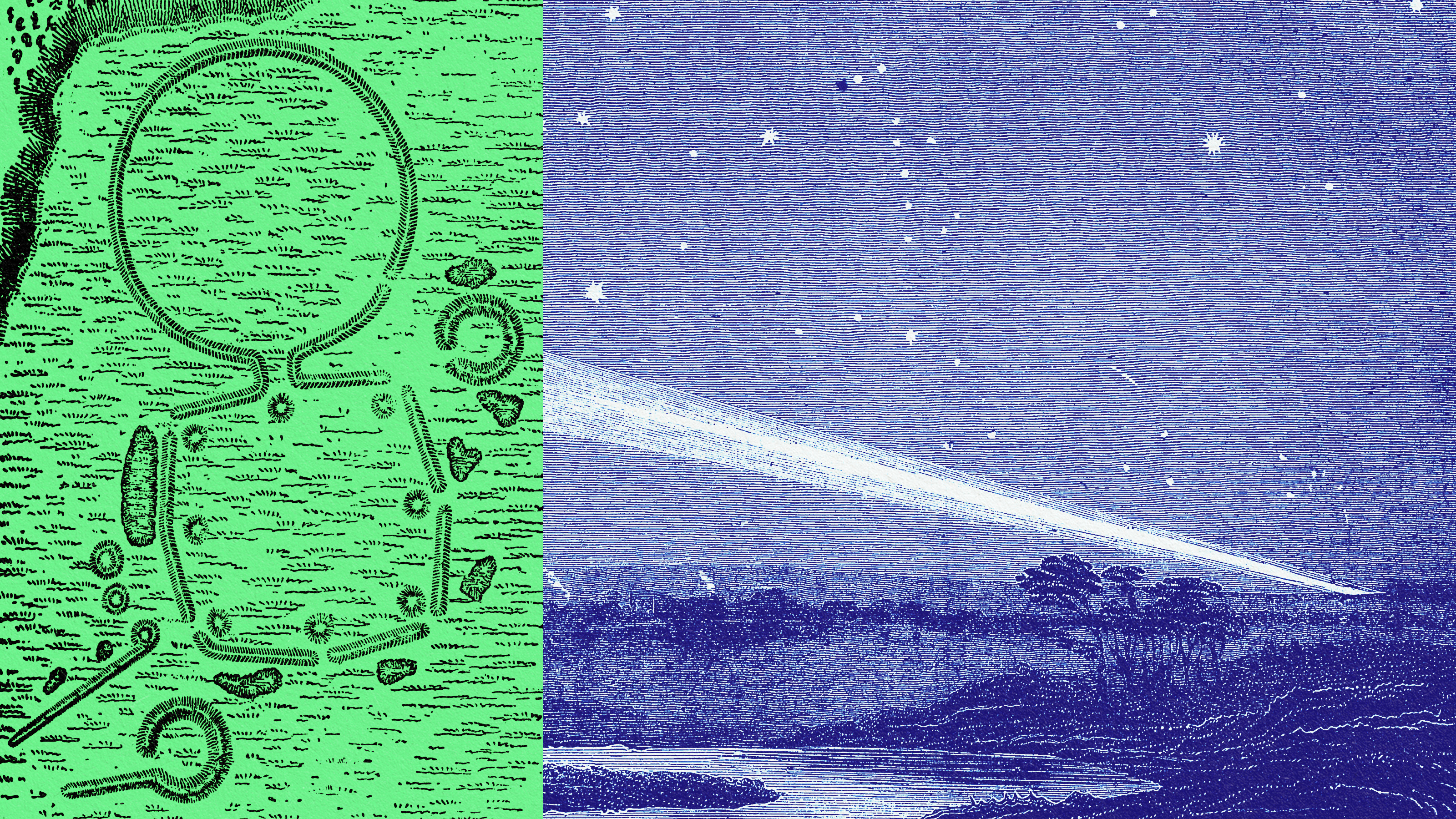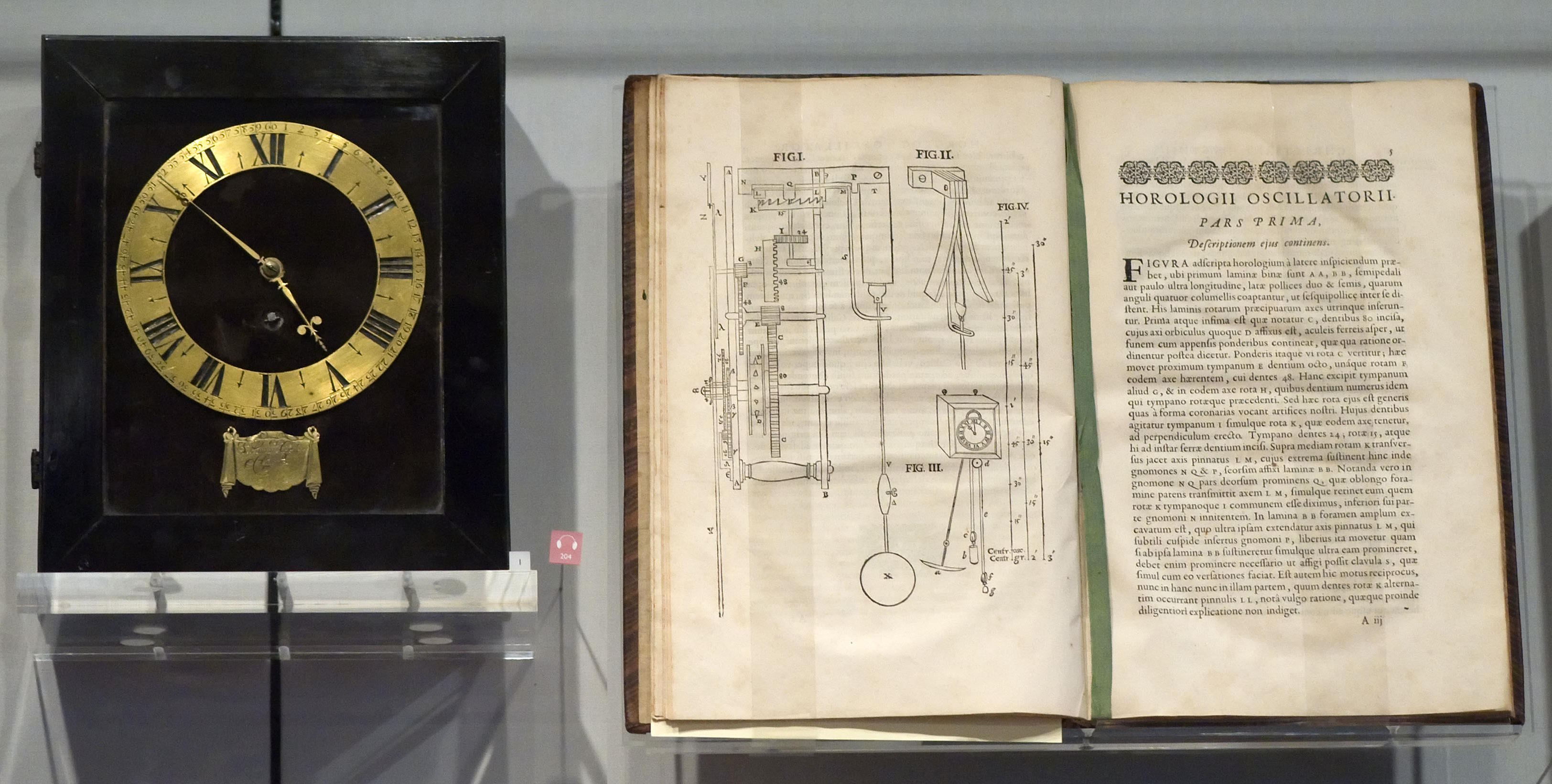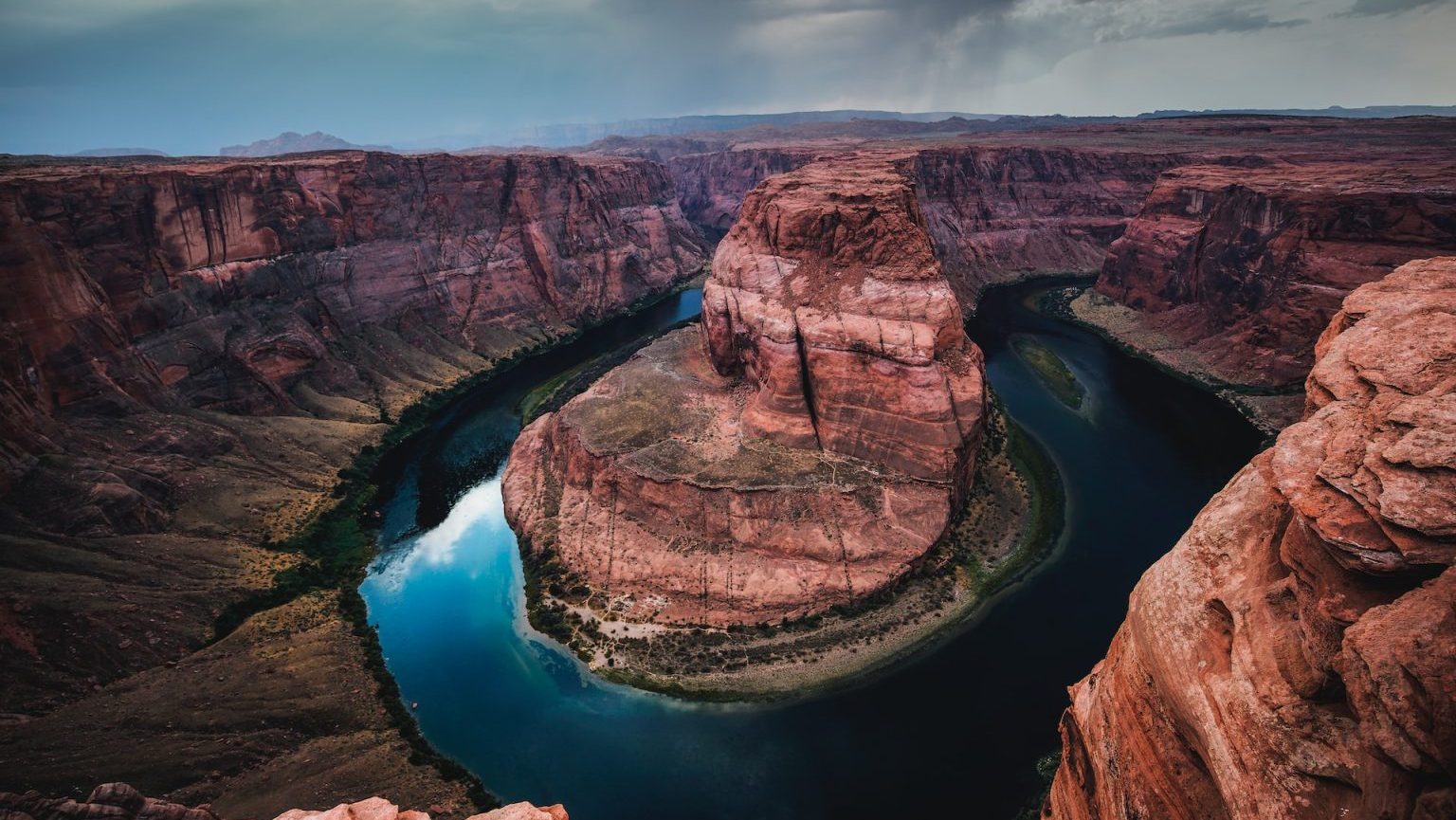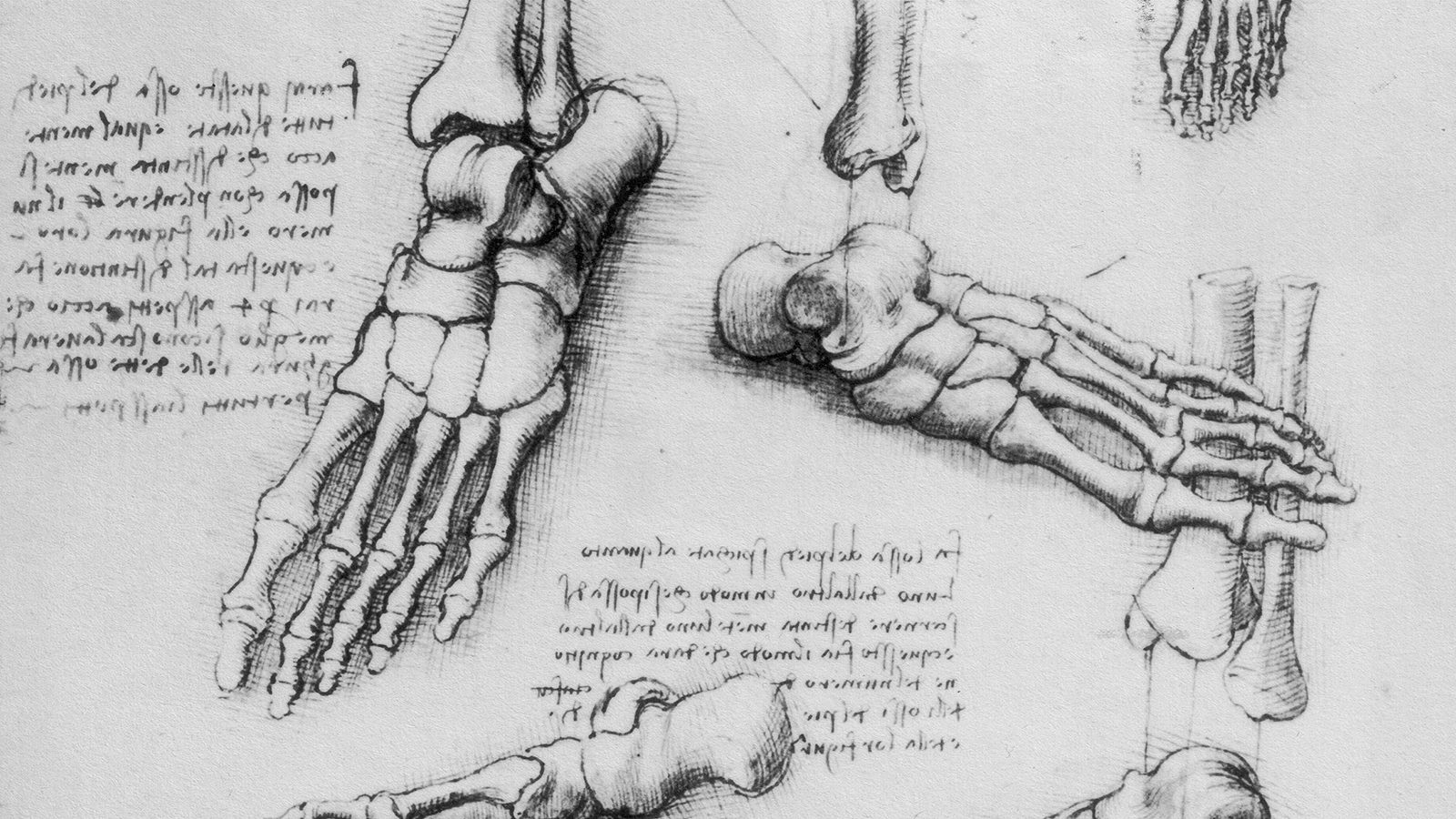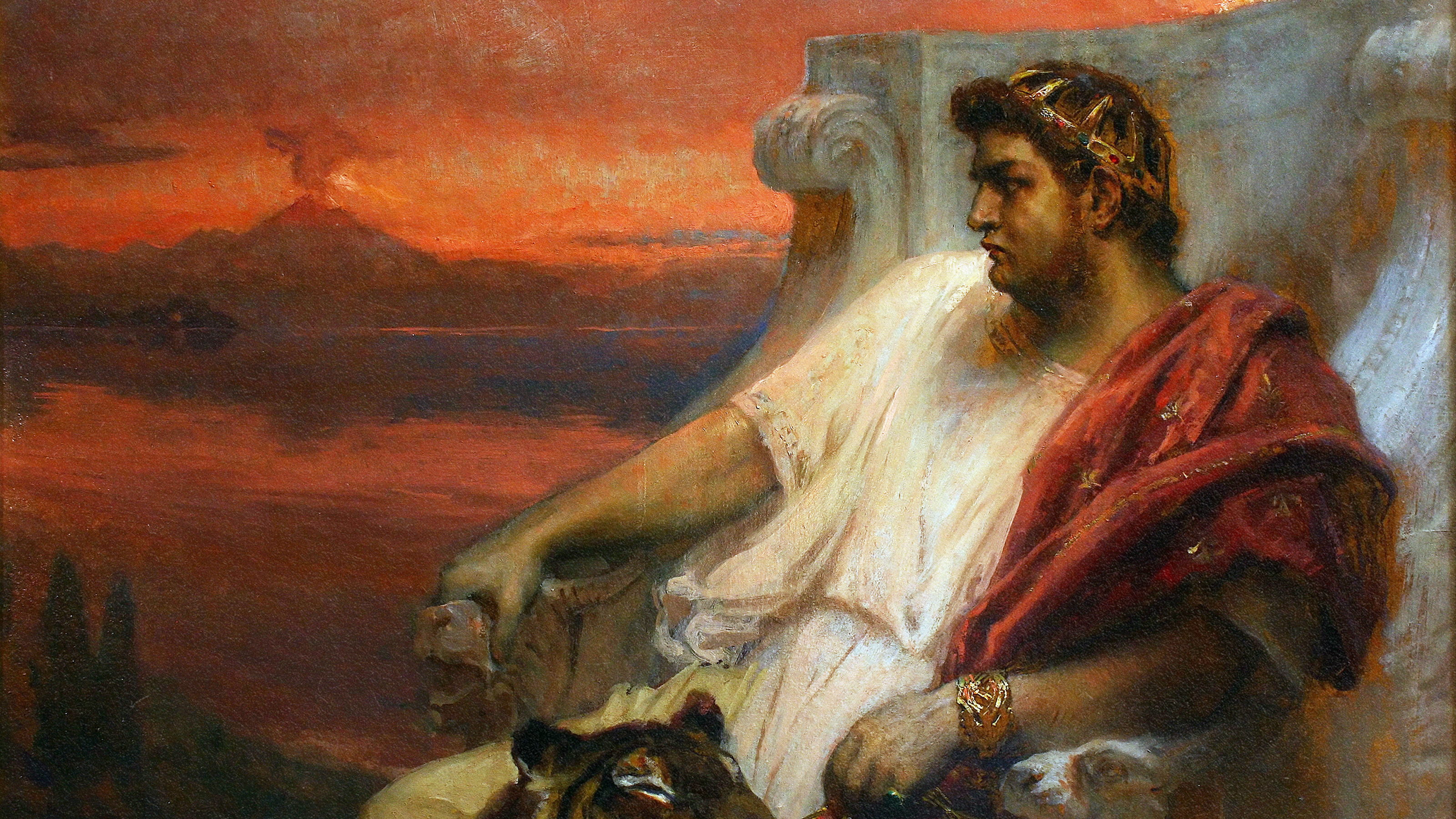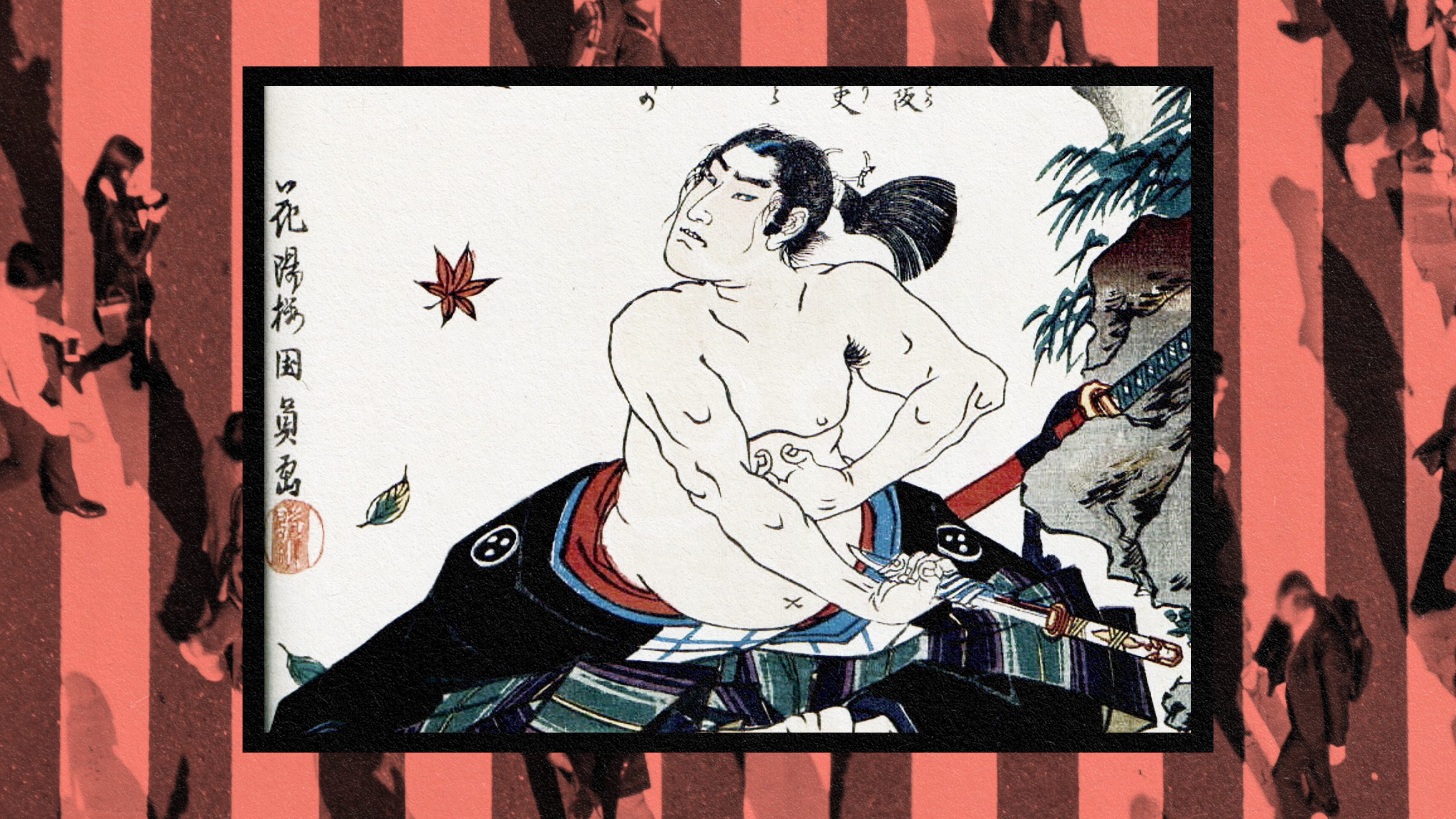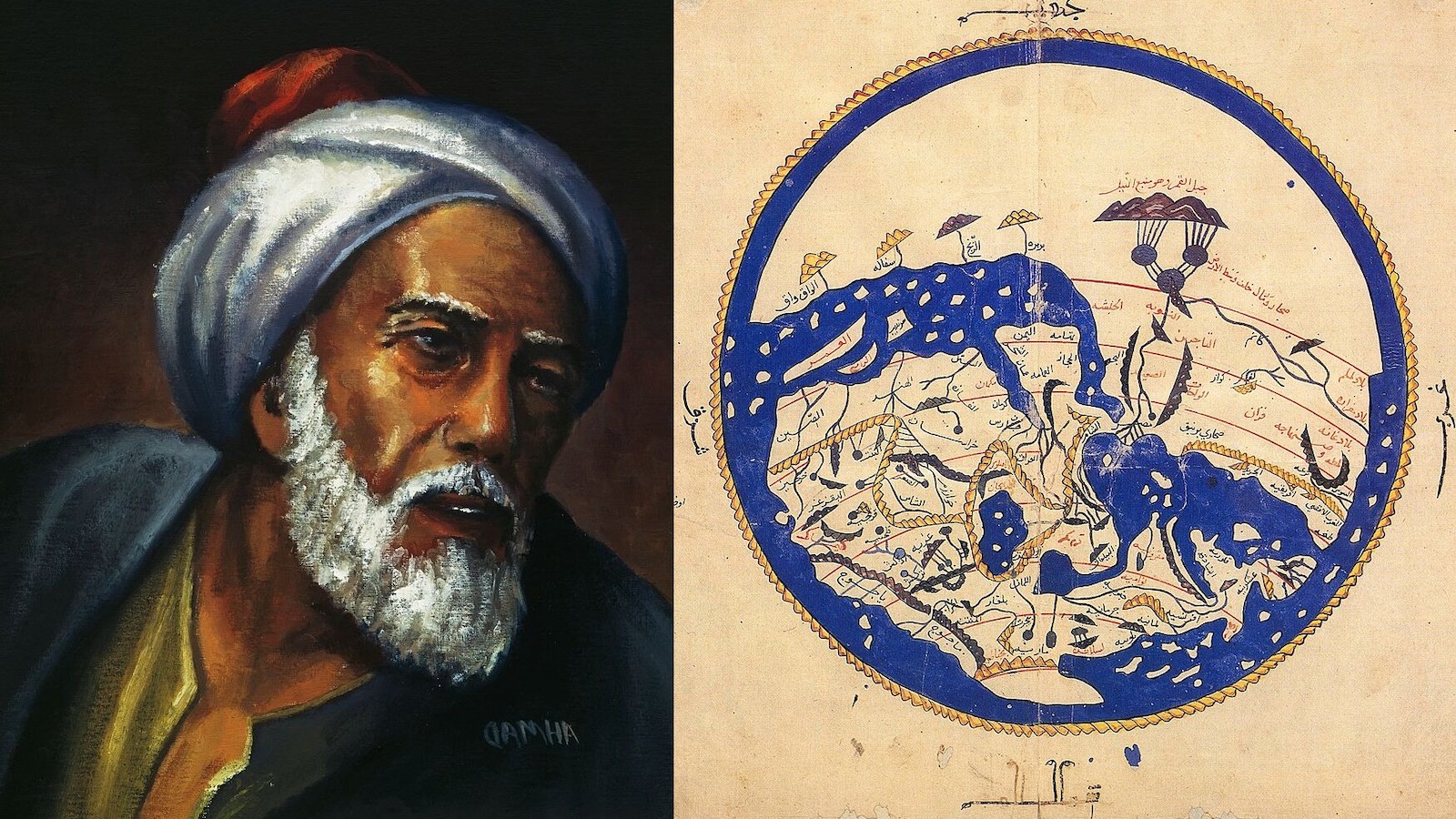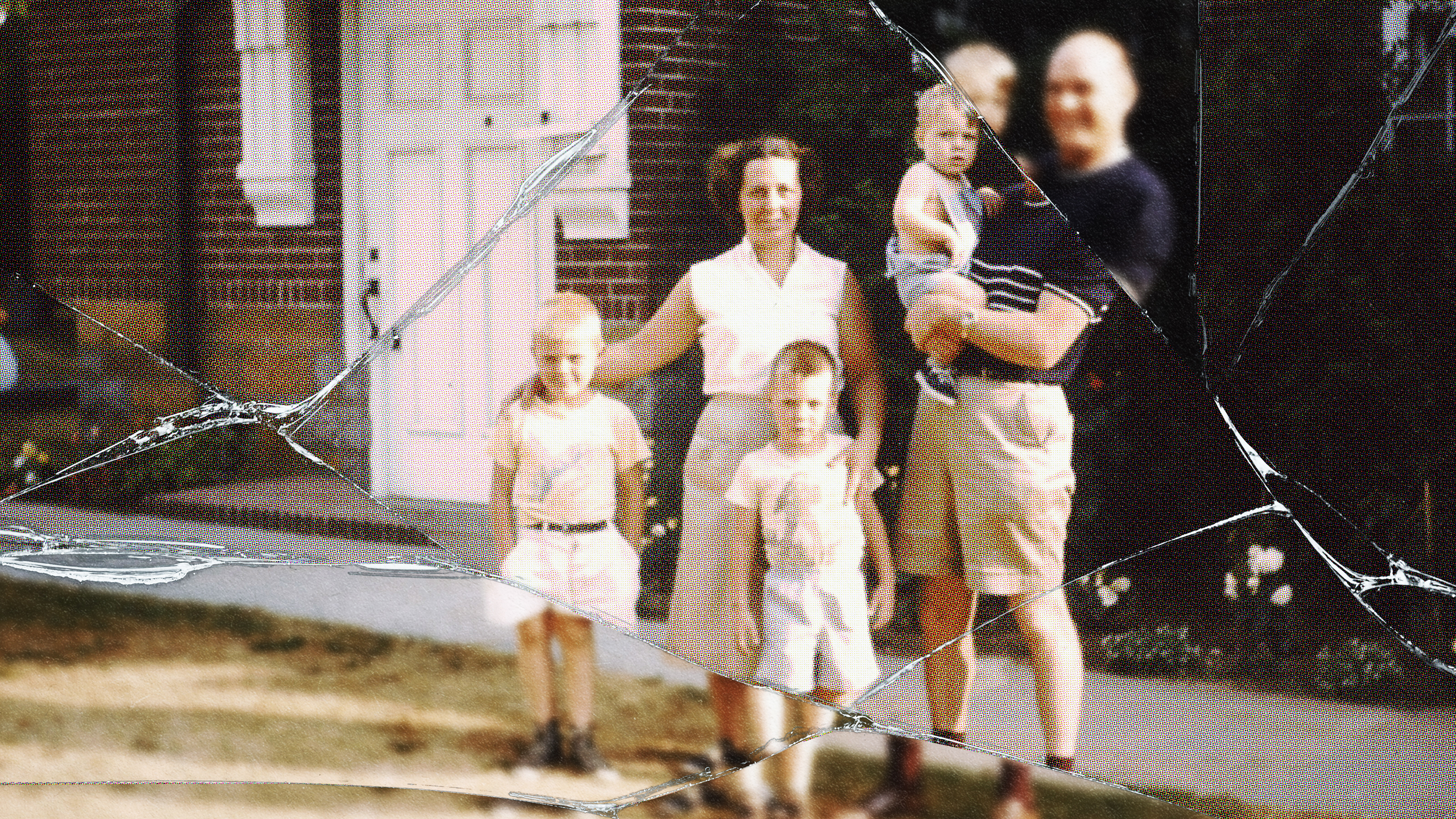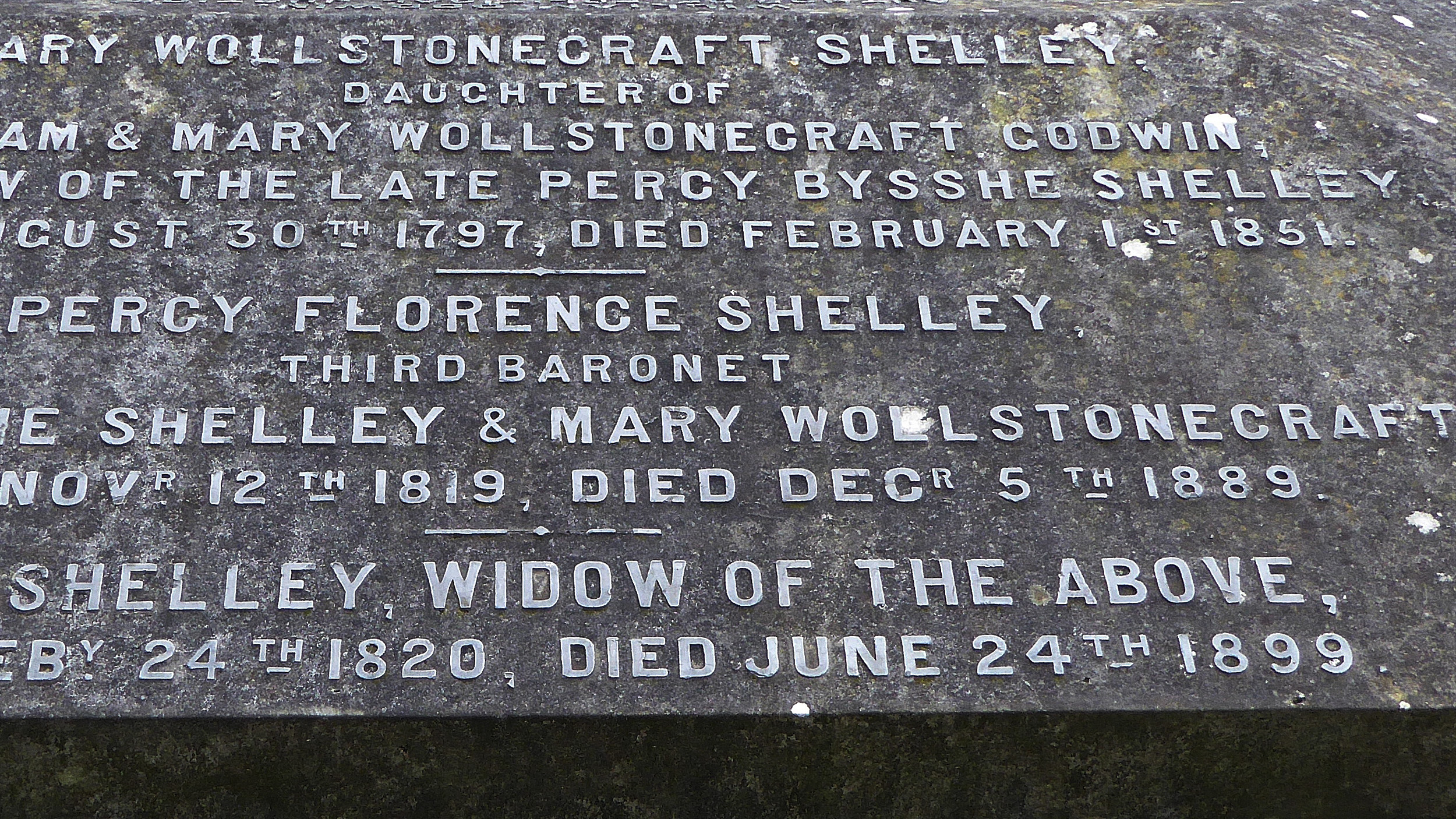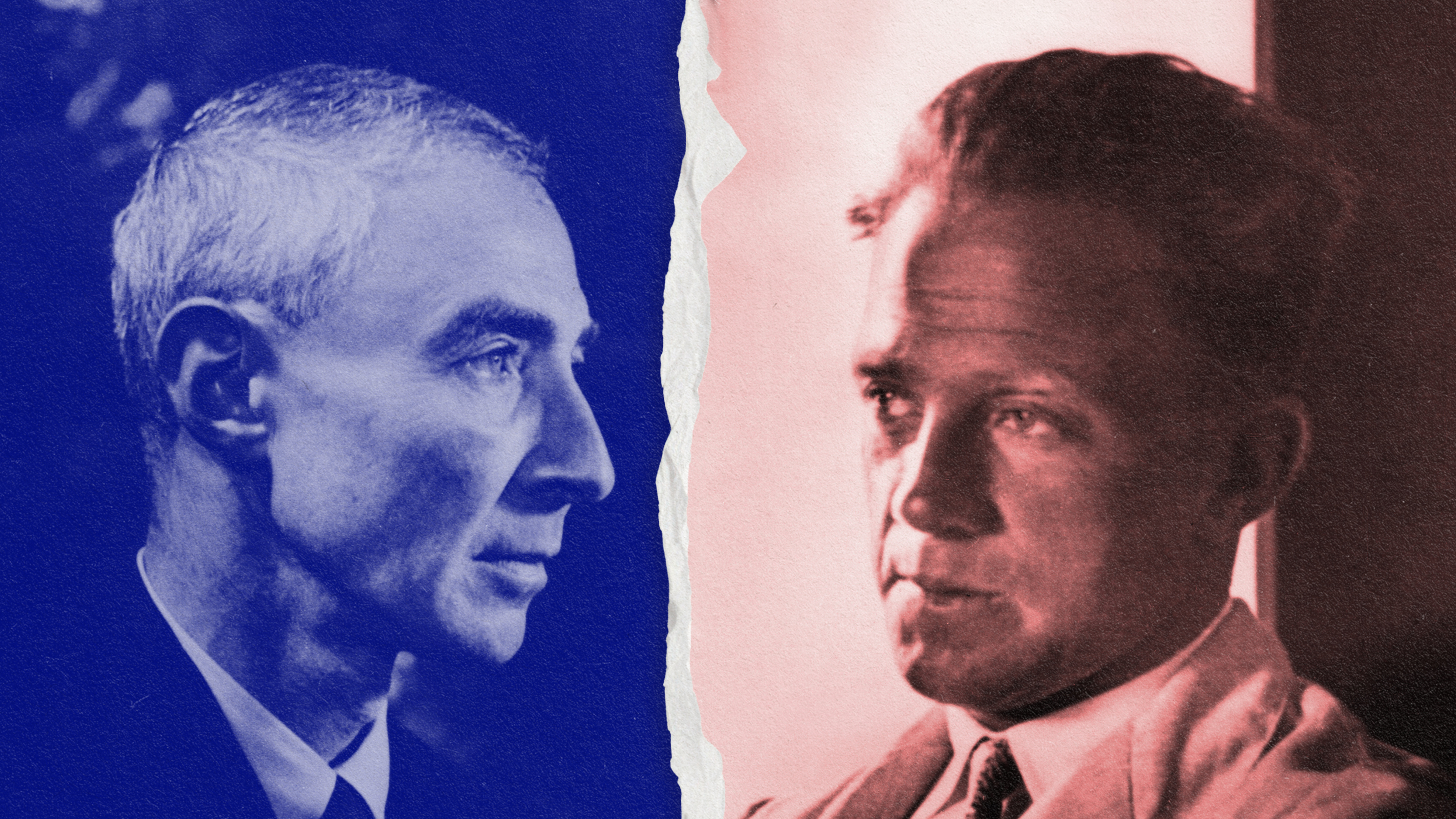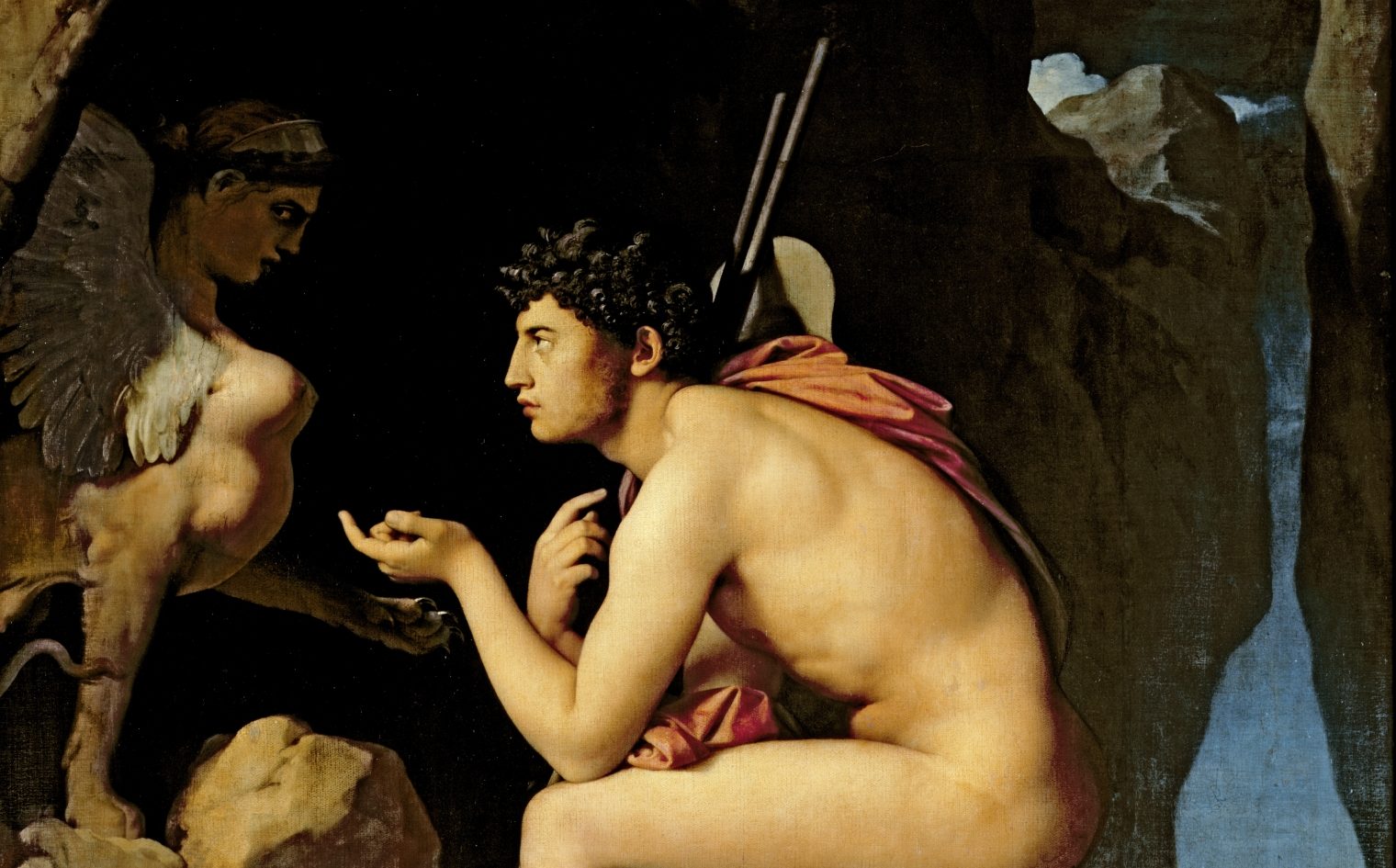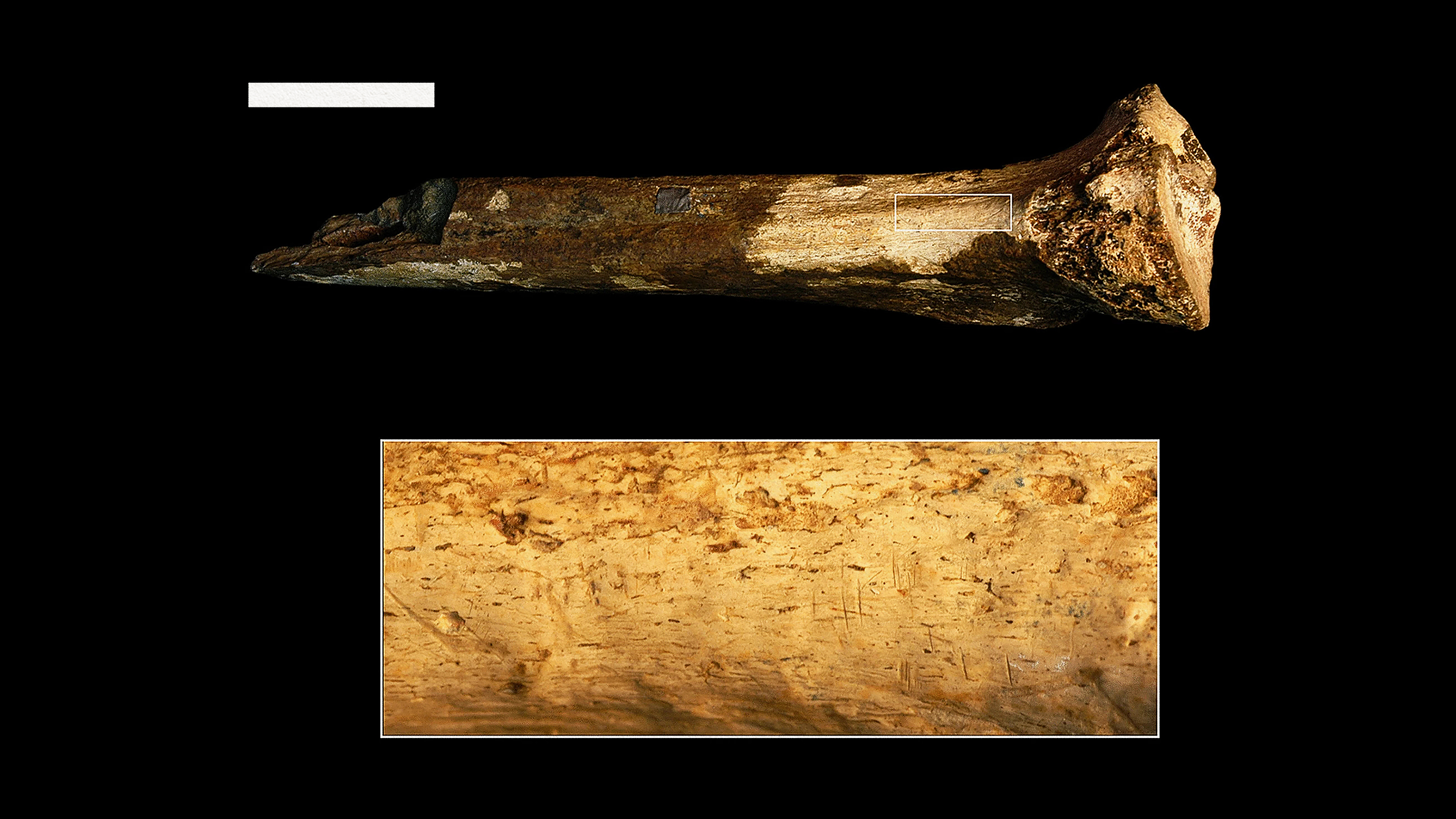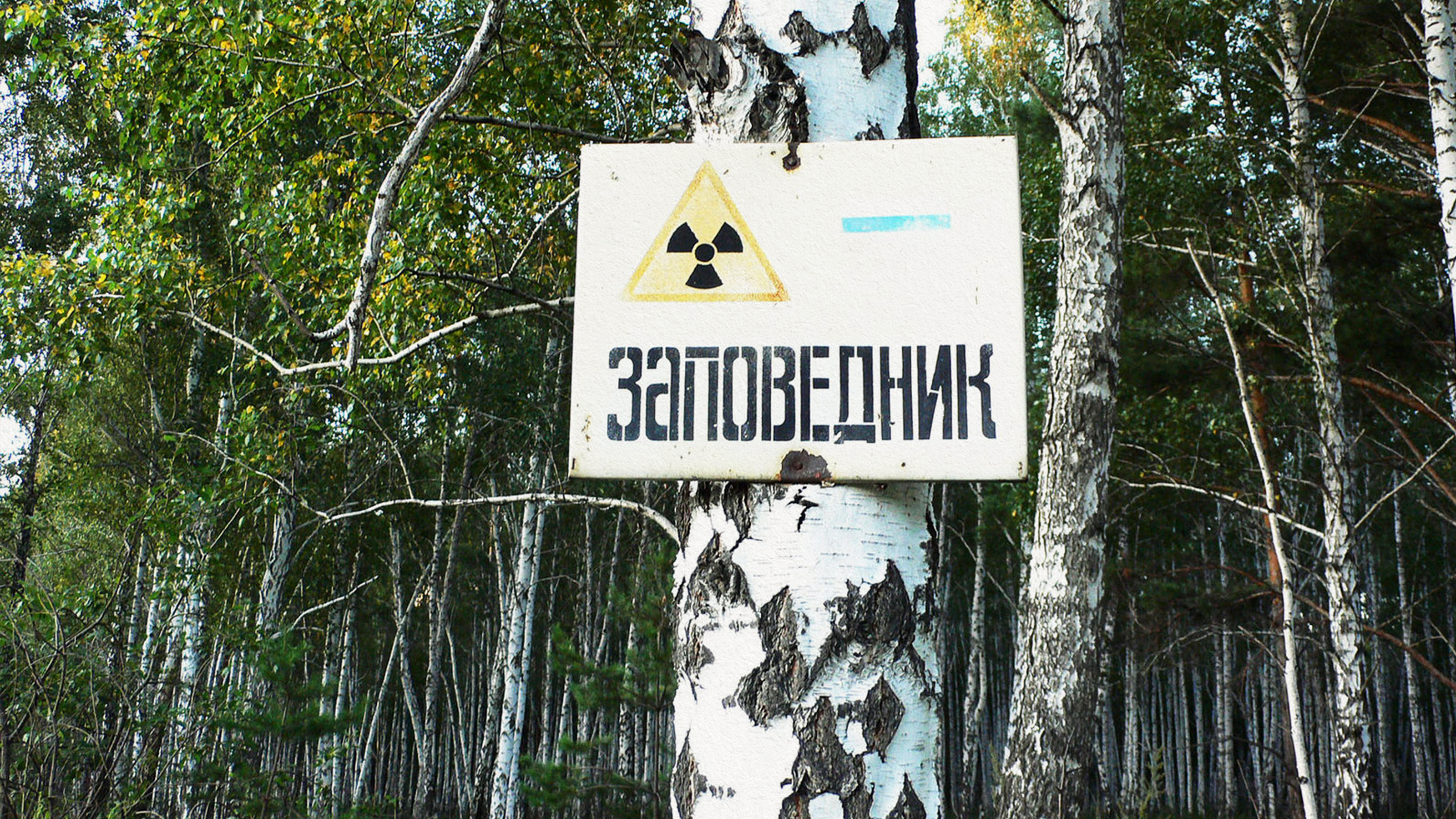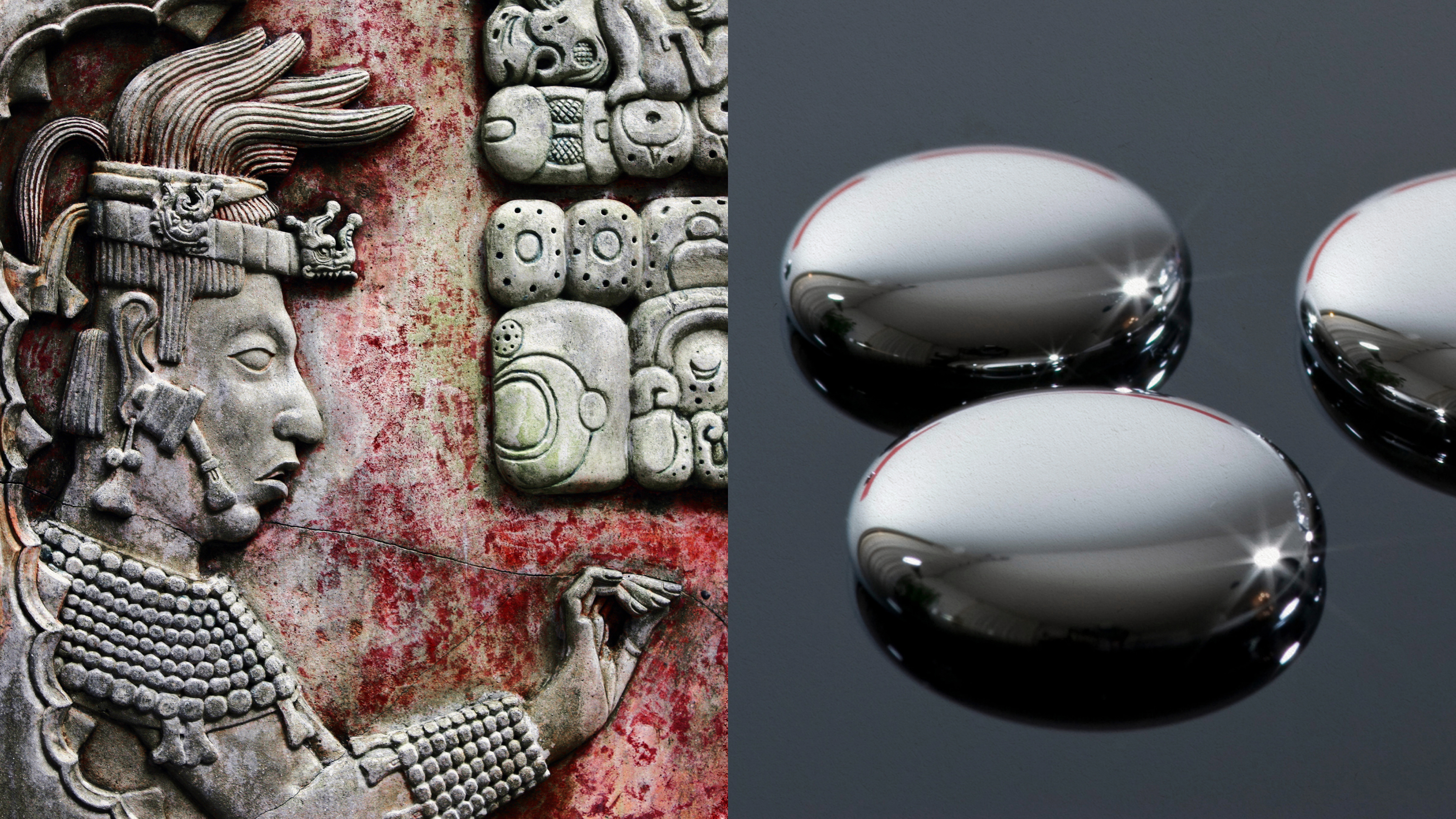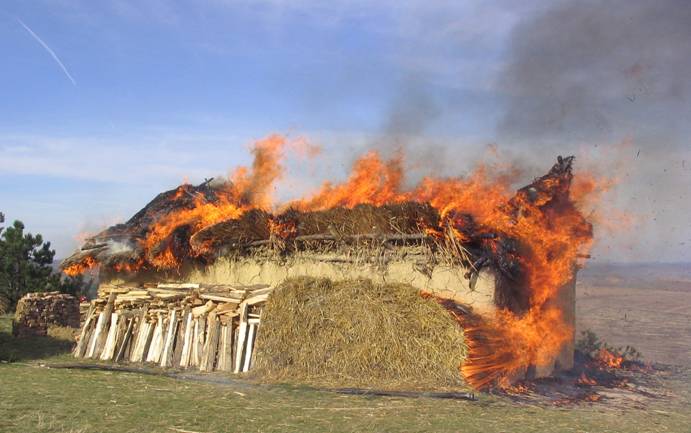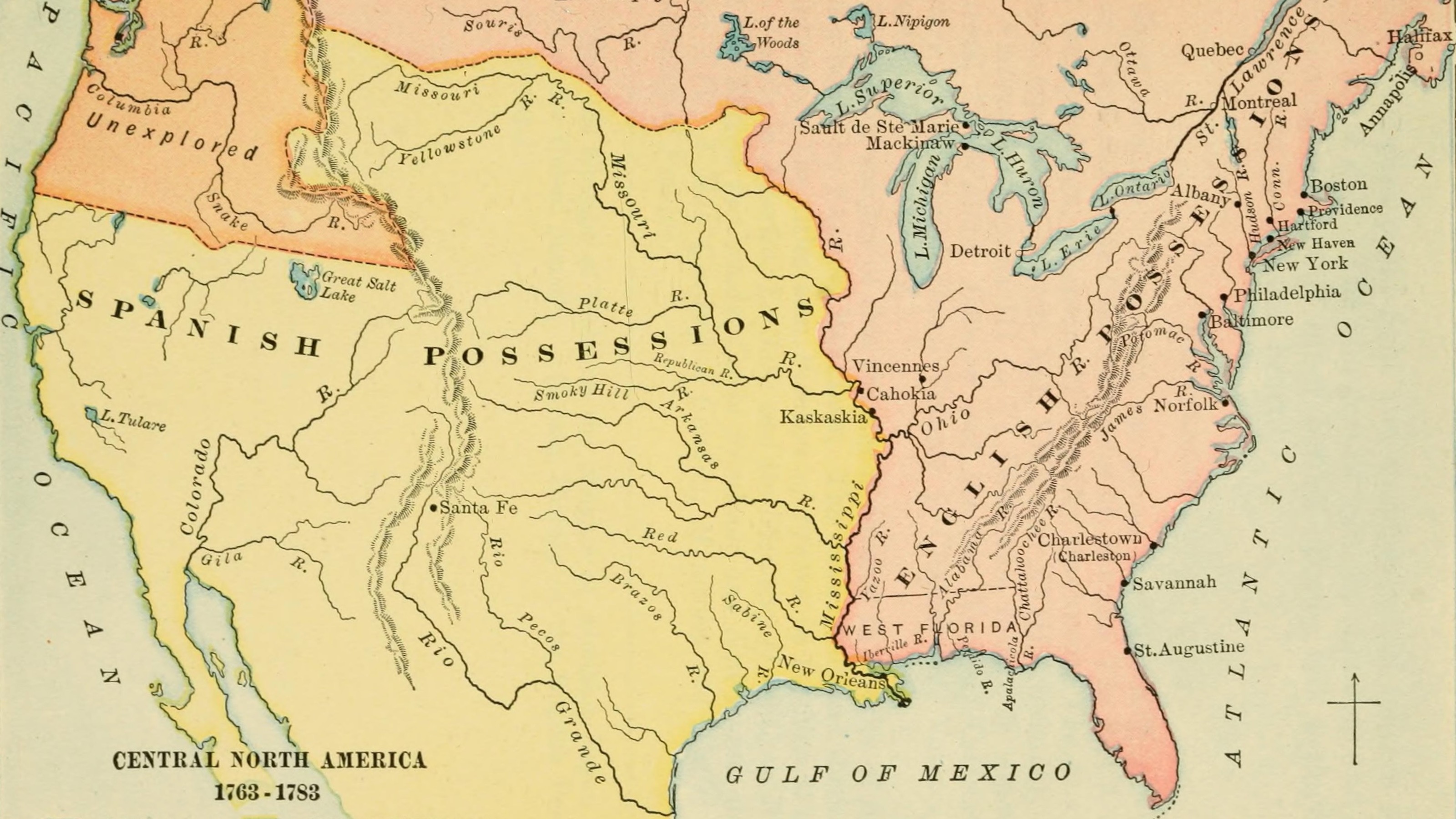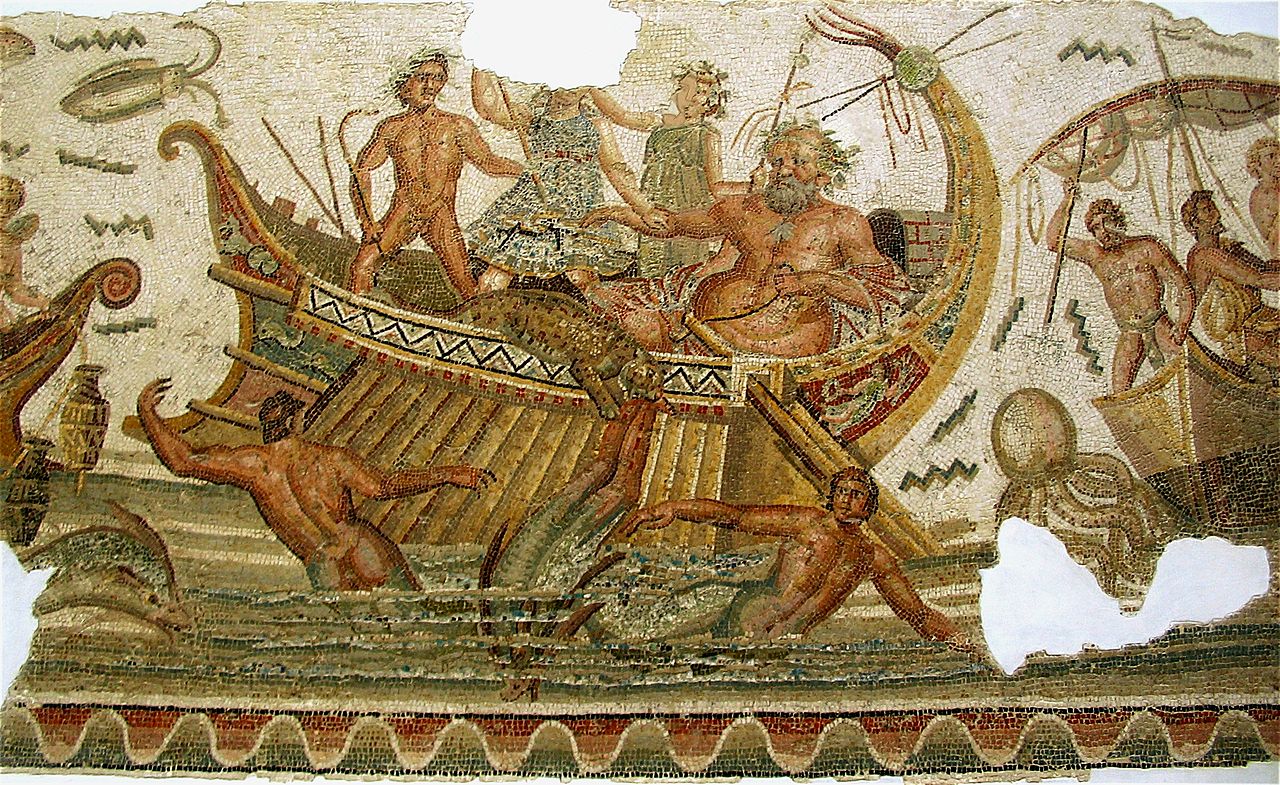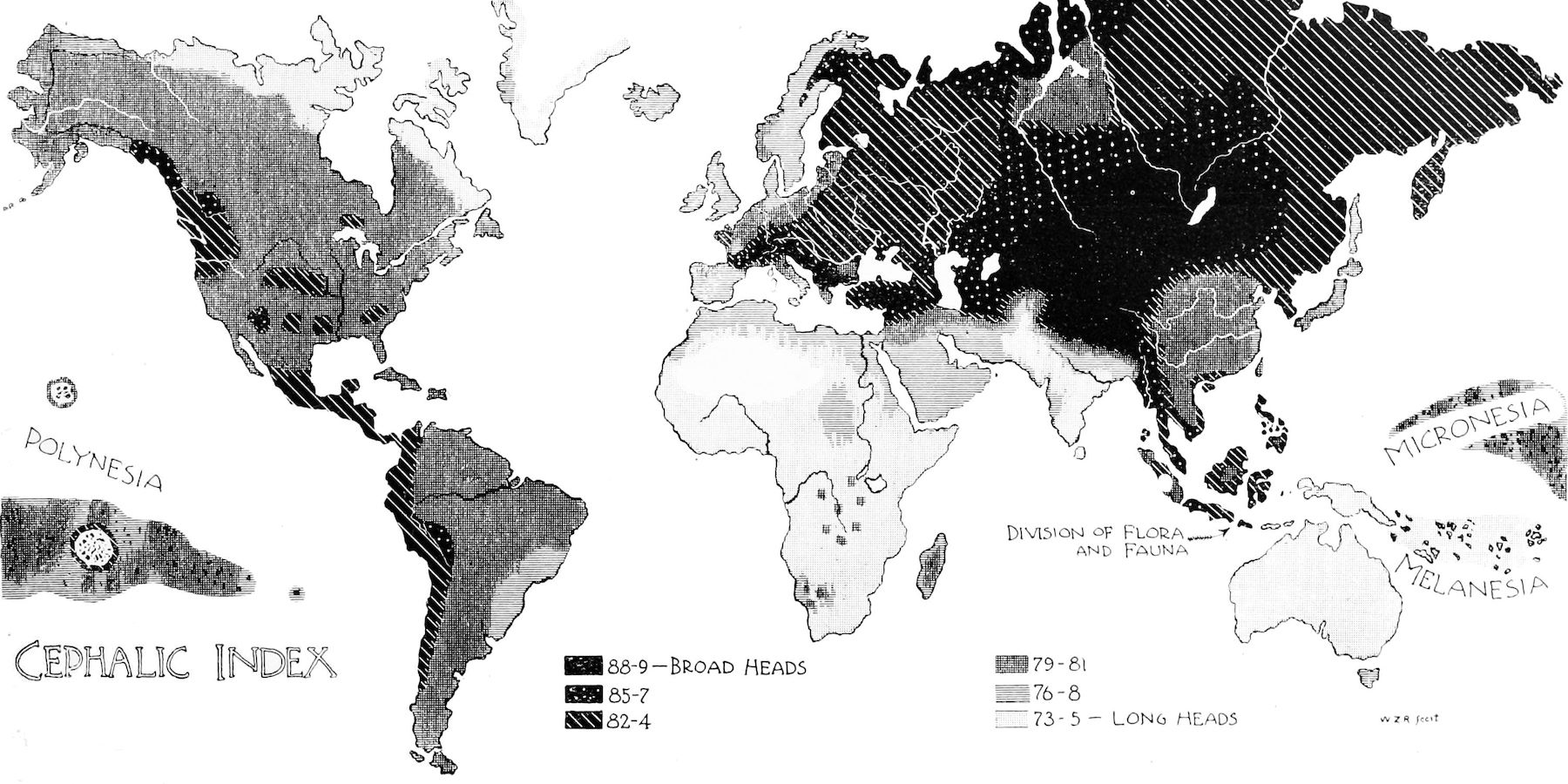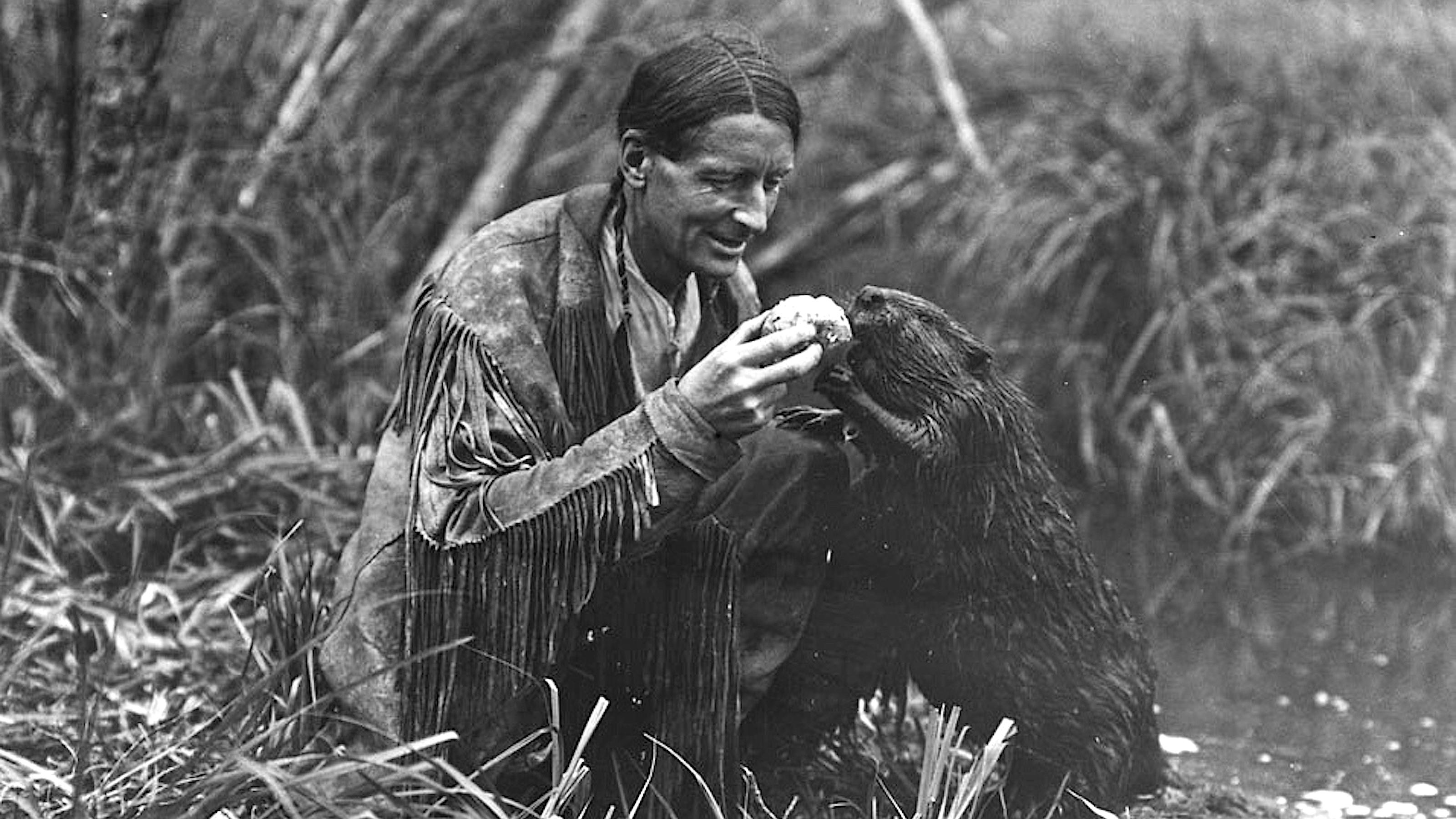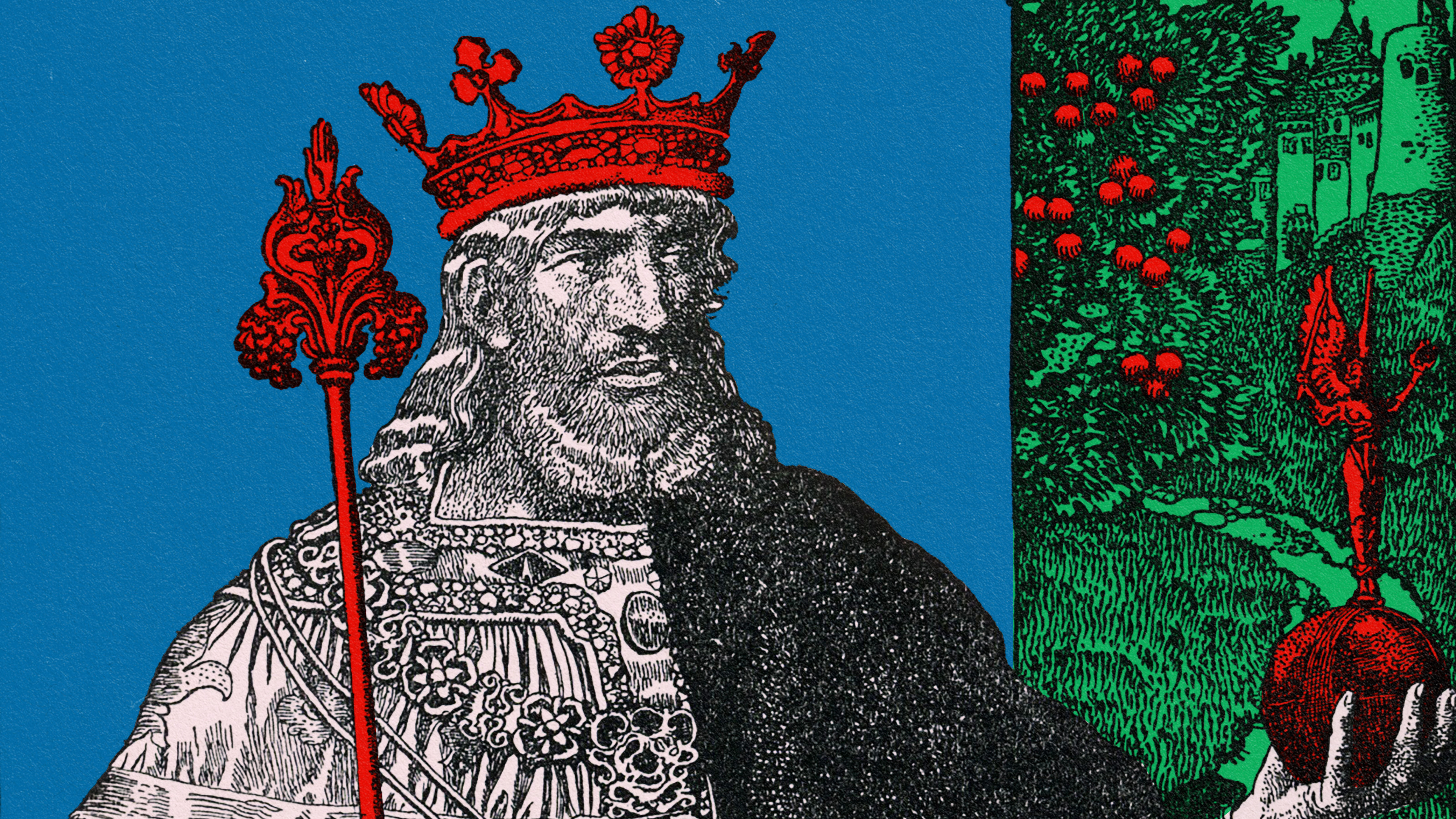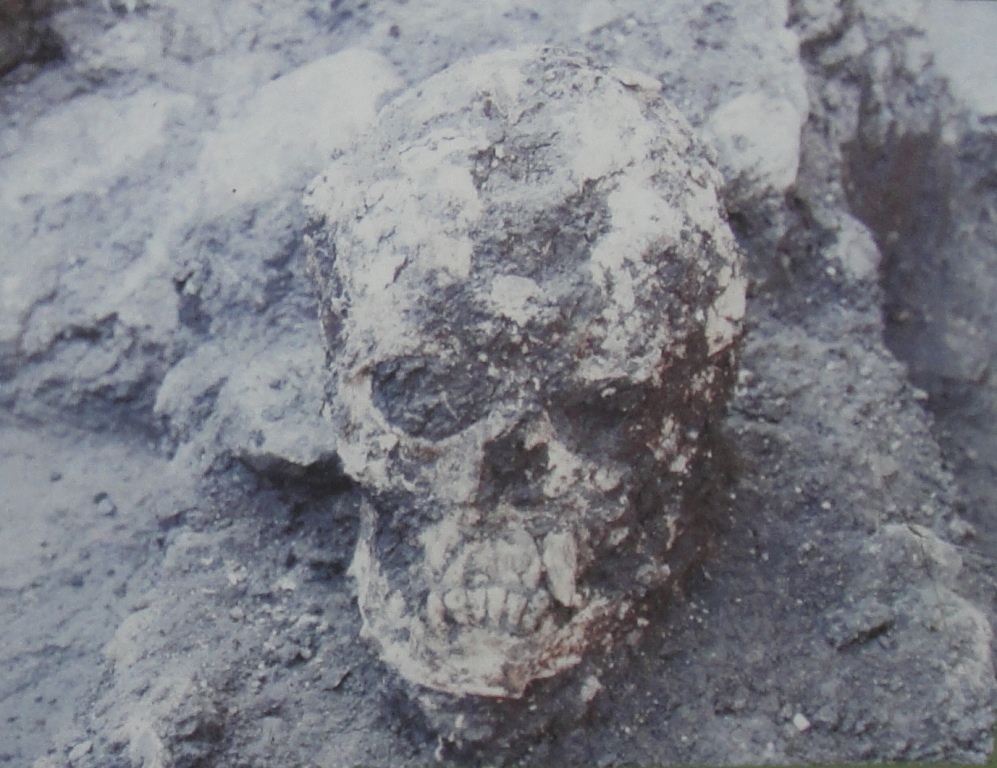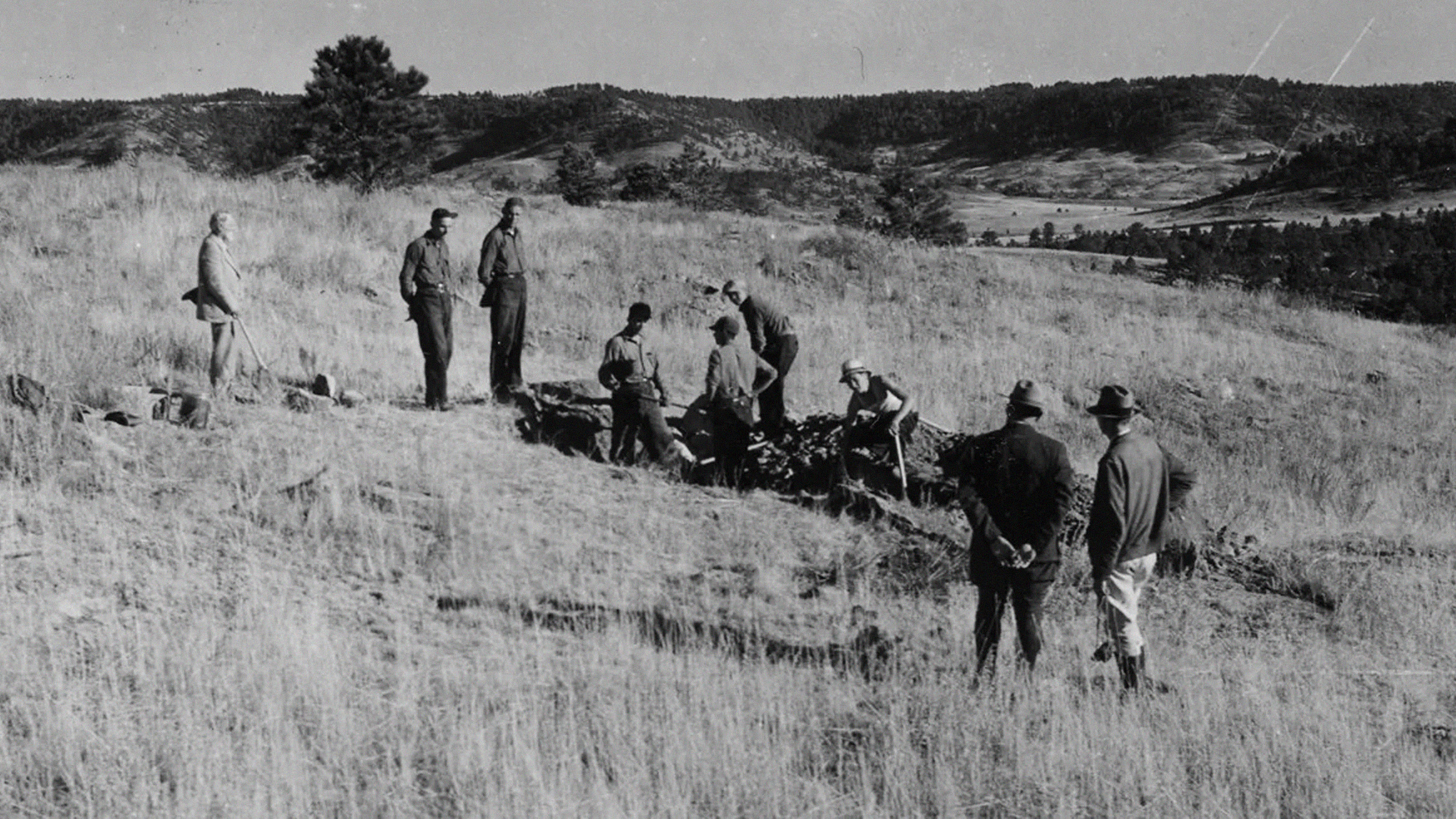history
The region of Catalonia has been at odds with greater Spain for over 300 years. The prospect of autonomy remains a distant and fading dream.
A clock, designed and built in Europe, ran hopelessly at the wrong rate when brought to America. The physics of gravity explains why.
In the 1960s, politicians and bureaucrats were formulating the Central Arizona Project. Citizens fought back.
The polymath used science to elevate his art.
Sixty years later, will anybody have heard of COVID?
Six authors, six monumental legacies, and a unique thread connecting them: a solitary novel that shines brightly.
Nero’s reputation as one of the most malevolent emperors in Roman history might be partly slander.
Six hundred years in the history of trousers.
According to bushido, your life is of secondary importance to key virtues, like honor, loyalty, and justice.
The history of cartography might have been very different if the Latin version of Muhammad al-Idrisi’s atlas had survived instead of the Arabic one.
Ideal models of family life have been broken by societal, technological, and cultural shifts — and we need to rethink our options.
The author of Frankenstein had an obsession with the cemetery and saw love and death as connected.
As the Manhattan Project headed for completion, German attempts to build a nuclear weapon had already been dismantled.
Explore how belief shapes destiny, from Oedipus Rex to modern geopolitics.
A 1.5-million-year-old hominin bone shows signs that the victim was eaten by lions — and humans.
The use of the letter x as an unknown is a relatively modern convention.
In many ways, it was worse than Chernobyl.
Today, many Maya sites are polluted with toxic levels of mercury. The contamination likely originated from cinnabar paints and art.
Ice harvesters once made a living from frozen lakes and ponds, but the work was strenuous and dangerous. Then refrigeration changed everything.
The arsons were no accident, archaeological evidence suggests.
A brief look at the six-decade challenge to psychiatry.
The global extent of the Revolutionary War surprises many Americans today — but it was crucial to independence.
Only Caesar lived to tell the tale.
You could send your potential paramour a perfume bottle, a cigar cutter, travel plans — or maybe some cocaine.
These landscapes — of geographical differences in head shapes — have vanished from acceptable science (and cartography).
Meet the masterful con-men who impressed the great and the good despite the astonishing fiction of their very existence.
Almost all royal lines try to legitimize their rule with legendary origin stories. Here are five of the strangest examples.
The Te’omim Cave in the Jerusalem Hills is filled with skulls and oil lamps — objects a new study says may have been used in dark rituals.
Fossil Cycad National Monument held America’s richest deposit of petrified cycadeoid plants, until it didn’t.

